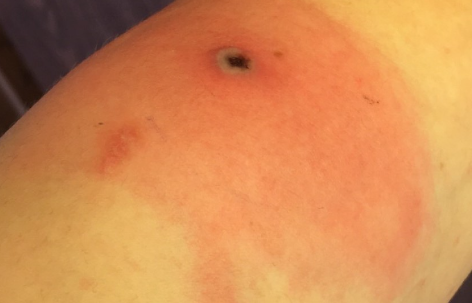What is Alaskapox?
Alaskapox represents a recently identified orthopox DNA virus, part of the genus containing smallpox and monkeypox. First detected in Alaskan voles in 2015, key aspects are:
- Zoonotic pathogen infecting small mammals like rodents, occasionally transmitting to humans
- Symptoms resemble monkeypox, with skin lesions, swollen lymph nodes etc but milder intensity
- Likely natural spread through ticks or exposure to infected animals
- No established evidence yet for human-to-human transmission
- Supportive monitoring for symptoms currently, in absence of tailored treatments
- Vaccines related to smallpox could potentially assist future prophylaxis
In January 2024, Alaska reported America’s first Alaskapox fatality – an elderly with comorbidities. While rare with around 20 documented human cases so far, its high case-fatality ratio of 40% merits caution and vigilance.
Ongoing research expanding epidemiological understanding remains vital for outbreak risk mitigation, considering its phylogenetic proximity to virulent variants like monkeypox. While presently deemed low-risk, continuous genotypic surveillance coupled with rapid diagnostics development is advisable to contain any disease resurgence over the long term.
Category: Science & Technology Current Affairs







